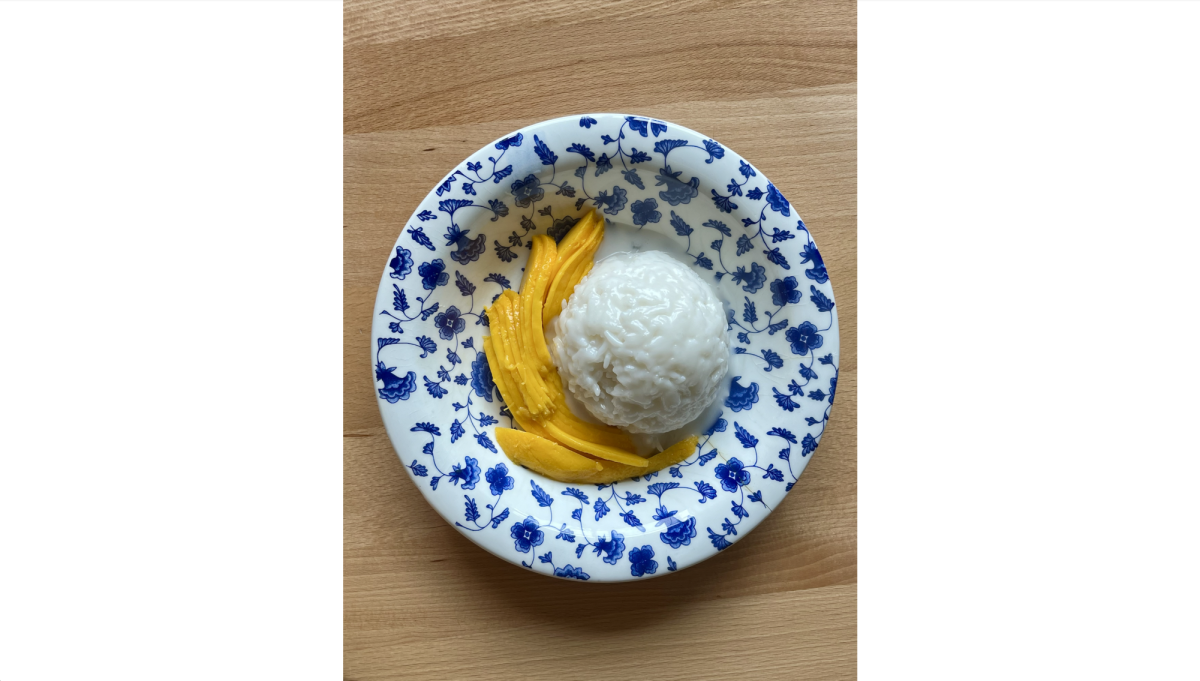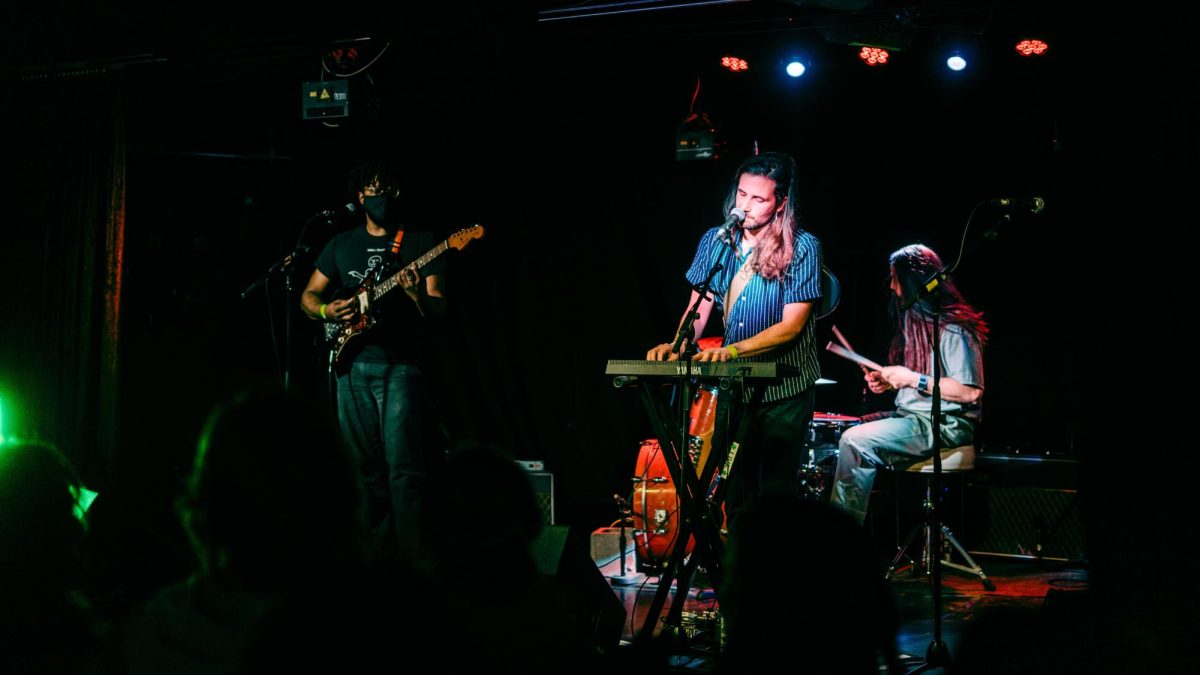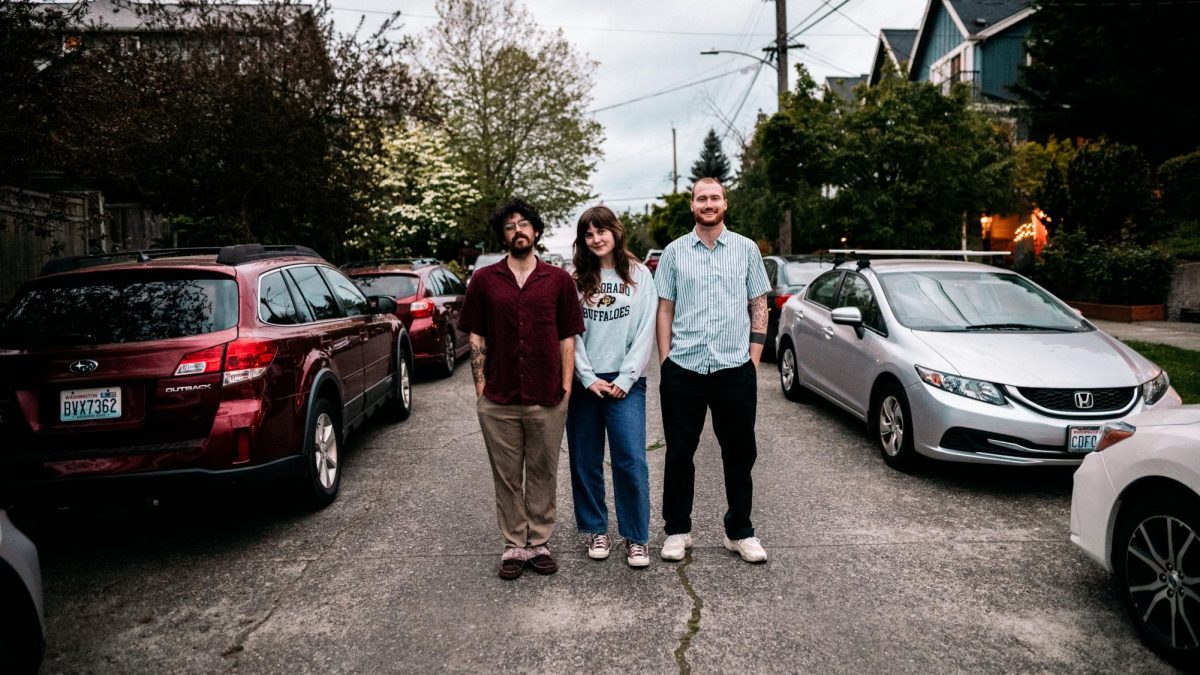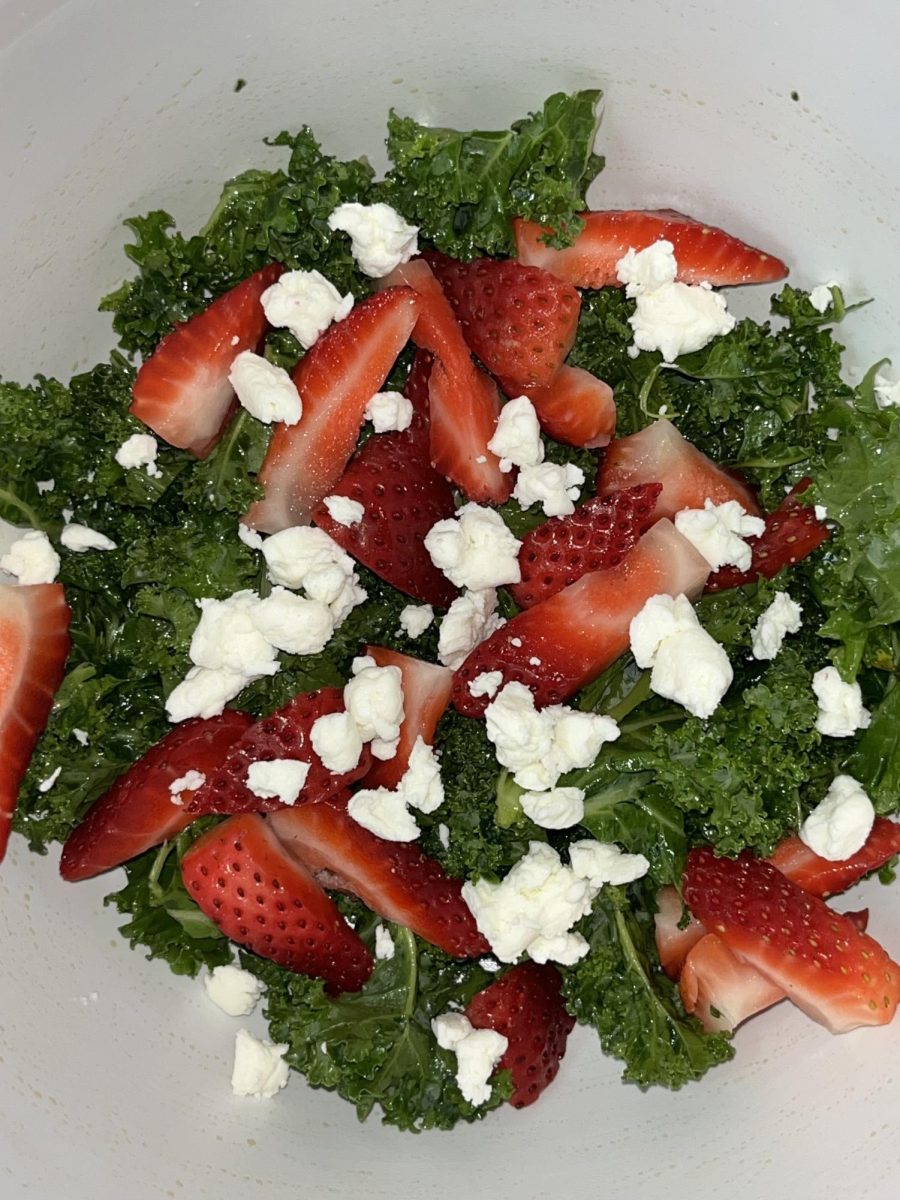Flashbacks from K-12 Education:
The Best You Can Do Is Tolerate Us?
I’m not sure if it’s a Midwest thing, or an Idaho thing, or a Boise, Idaho, thing, but I distinctly remember my social studies lessons in elementary school or junior high never using the words “equality,” “justice,” or “human rights.” Instead, we used the word “tolerance.” Teachers would say things like, “in this classroom, we practice tolerance of other people’s beliefs.” The lesson of this super-ableist-not-inspiring book about autism is: tolerance. Tolerate people of different races and religions. Tolerate differences. Tolerate thy neighbor.
It’s a little bit weird, given that “tolerance” has many negative connotations.The Merriam-Webster Dictionary lists “the capacity to endure pain and hardship” and “the act of allowing something (Synonym: toleration)” as definitions of “tolerance.” In natural science settings, “tolerance” can mean how much of a new external disturbance an organism can take before it dies off. An example of “tolerance” in a sentence could be, “Father Sundborg had been tolerant of the drag show until last year’s Spectator cover came out” or “I will tolerate disabled people’s existence by putting a door opener on the Murphy Office door after four years of being nagged about it.”
It was one of those things that I cringed at as a kid even though I didn’t know why. I knew that the definition I was thinking of wasn’t supposed to be applied in this context: but wasn’t it still being applied anyway? Doesn’t an emphasis on gritting your teeth and walking past my synagogue or rolling your eyes and complying to ADA standards still accept bottled-up anger and grudges as inevitable?
I think this learning is tied to how American k-12 education teaches social justice, and, unless there’s a miracle, fails gravely at it. One of the things it did was mistake event for issue, single-timed, neatly wrapped up action for lasting impact and effort.
For example, the social justice issue we talked about the most was the Holocaust during “Holocaust Remembrance Day.” Students were taught misleading things about the nature of “issues” like these, such as that the Holocaust was (is) an isolated incident; that Jews went to their deaths without a fight; that genocides and oppression have a clear beginning and end (1941-May 8th, 1945); that the United States definitely did not know what was happening but was simultaneously responsible for freeing the Jews; that light-skinned European Jews were the only people affected by the Holocaust.
But what we didn’t talk about was the ahistoric non-event of anti-Semitism. It was all over after liberation by allied-forces and we just need to remember so it won’t happen again, right?
Until I read “The Complete Maus” by Art Spiegelman, a memoir in graphic novel form largely about direct and indirect experiences of the Holocaust, I didn’t realize the ways in which my Holocaust education in particular misleads kids into confusing biases. We talk about how sad it is that people saw things in the war they will never forget, but we don’t talk about how those people’s kids have inherited things from their parents that they will never forget. We talk about the message of genocide and never letting it happen again, and then won’t accept that it is already happening again. We talk about tolerance, but not the effort and love it takes to accept and act on the duties we have to each other.
The editor may be reached at
[email protected]












